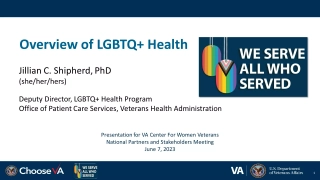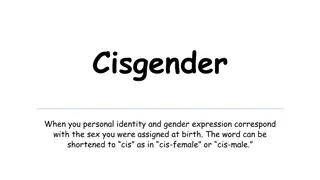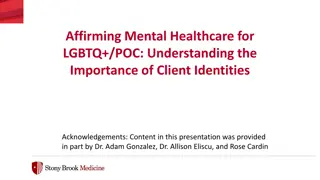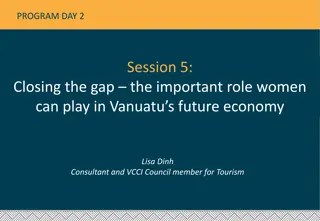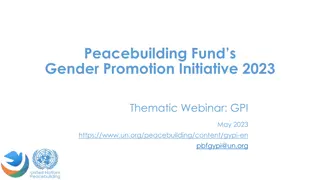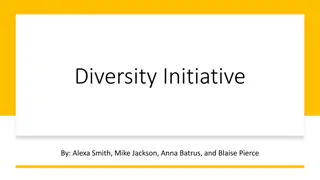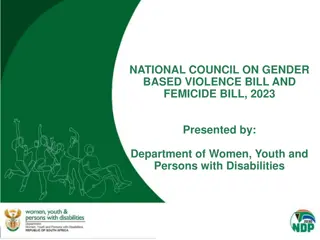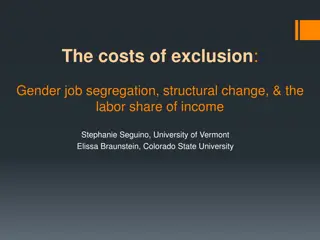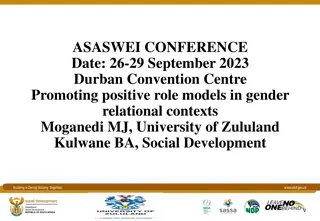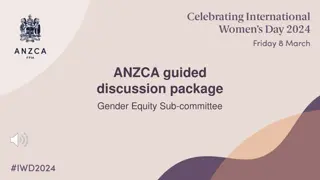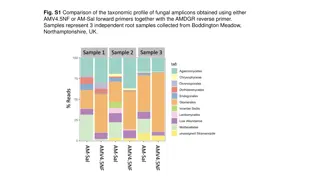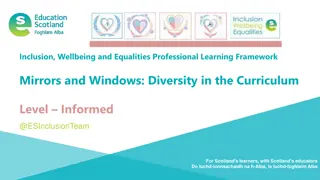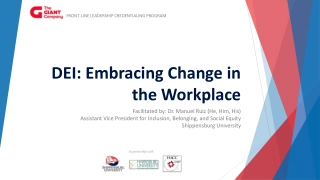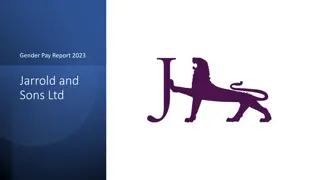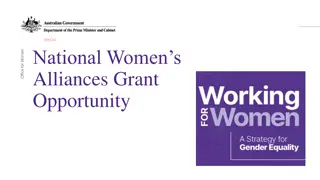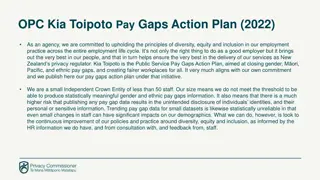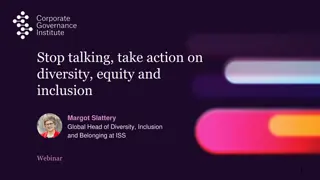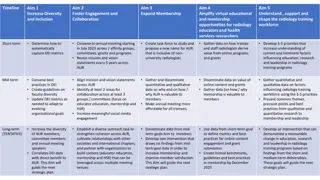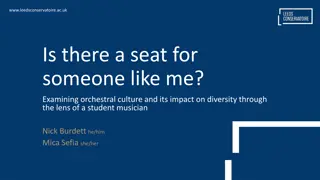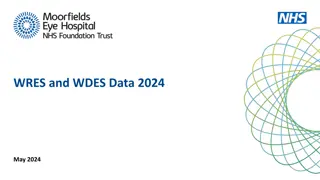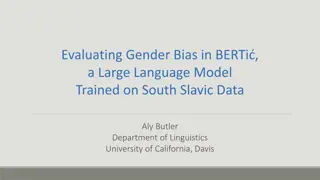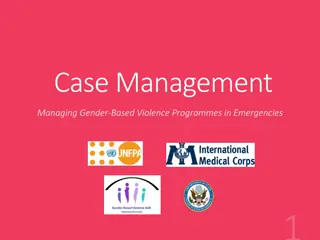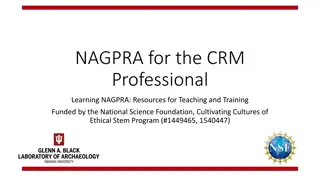Understanding LGBTQ+ and Gender Diversity: Insights and Guidance
Explore statistics on LGBTQ+ representation in the UK, challenges faced by young LGBTQ+ individuals, definitions of gender identities, importance of addressing gender stereotypes in children, and discussions on gender attainment in education. Discover actions to promote inclusivity and respect in language and societal norms.
Download Presentation
Please find below an Image/Link to download the presentation.
The content on the website is provided AS IS for your information and personal use only. It may not be sold, licensed, or shared on other websites without obtaining consent from the author. Download presentation by click this link. If you encounter any issues during the download, it is possible that the publisher has removed the file from their server.
Presentation Transcript
LGBTQ+ STATS An estimated 3.1% of the UK population aged 16 years and over identified as lesbian, gay or bisexual (LGB) in 2020, an increase from 2.7% in 2019 and almost double the percentage from 2014 (1.6%). (Sexual orientation, UK - Office for National Statistics ons.gov.uk) Over half of young LGB don t feel they have an adult to talk to at school. 3/5ths have no one at home. About half are bullied on grounds of being LGBTQ+. Bullying is less likely when LGBT issues have been taught in school. Trans people are 0.3-0.8% of the UK population. 64% bullied, almost half of trans pupils in the UK have attempted suicide. 77% of LGBTQ+ pupils have never learned about transgenderism in school. 1/3 can t use preferred name in school, 3/5 can t use preferred toilets.
Sex is assigned at birth, based on genitals/genetics, binary. Gender is socially constructed and a spectrum. Gender stereotypes = generalised preconceptions we have about the attributes that people have, or should have, based on their gender. DEFINITIONS Transgender/trans = Gender identity is different from sex assigned at birth. Cisgender/cis = Gender identity matches assigned sex. Non-binary = Gender isn t strictly male or female. LGBTQ+ = Lesbian, gay, transgender, bisexual, queer/questioning plus (to include everyone else such as intersex, asexual etc) Queer = reclaimed word, umbrella term.
DFE GUIDANCE Statutory relationships guidance: friendships, families, respecting differences, being safe. Primary schools are strongly encouraged, and enabled, to teach about LGBTQ+ but don t have to. Equality Act 2010: Schools have a duty to eliminate discrimination and advance equality of opportunity. Sex, sexual orientation and gender reassignment are protected characteristics.
GENDER STEREOTYPES IN CHILDREN From the age of 3, most children know if they are a girl or a boy and begin to categorise behaviour by gender. Behaviour is least stereotypical in nurseries and progressively more stereotypical as children get older. Boys tend to be more stereotypical than girls. Children make gendered assumptions and use girl as an insult. Teachers give more attention to boys, and use gendered ways of addressing pupils. Stereotype threat.
GENDER AND ATTAINMENT Debates around gender in education tend to focus on boys underachievement True, bigger difference in girl dominated subjects than boy dominated subjects. Doesn t translate to real world. Some myth busting: No evidence that boy-friendly curriculums or different learning styles work Little evidence of neurological differences Gender identity is a better predictor than sex
ACTIONS: LANGUAGE Be careful with gendered language around school: Girls and boys children Mums and Dads families postman postal worker. Use names when addressing children, or be consistent with terms. When asking for helpers, ask for strong girls or helpful boys . Model non-stereotypical behaviour. During sex education topics, use male bodies and female bodies rather than girls or boys bodies. Use the word most when talking about bodies, e.g. most girls get periods .
ACTIONS: DEALING WITH INCIDENTS Always challenge sexist assumptions and problematic comments in an educational way. Discuss and question. Why do you think that? Is that always true? What about ? How could that comment effect others? Explain why it is wrong. If a child comes out in school: Listen to them. Don t promise confidentiality. Don t speak to family without the child s permission. Record on CPOMs under cause for concern .
ACTIONS: CURRICULUM Integrate LGBTQ+ content across the curriculum as well as in lessons about relationships, avoid stand-alone lessons. Introduce good role models across the curriculum, and always explicitly talk about the barriers they faced and how they overcame them. Implicit and explicit inclusion. Use books as a scaffold, and draw attention to how stereotypes are reinforced as well as challenged.
ACTIONS: OTHER Activities and play: In independent learning and at break times encourage all children to take part in all activities. Consider changes you can make to areas that are dominated by one gender. Special events: Never give out gendered rewards/ presents. Consider costumes. If you have any children using different facilities in school, plan for this during trips. Whole-school approach We are looking at policies, handbook, facilities. Gently correct colleagues.


